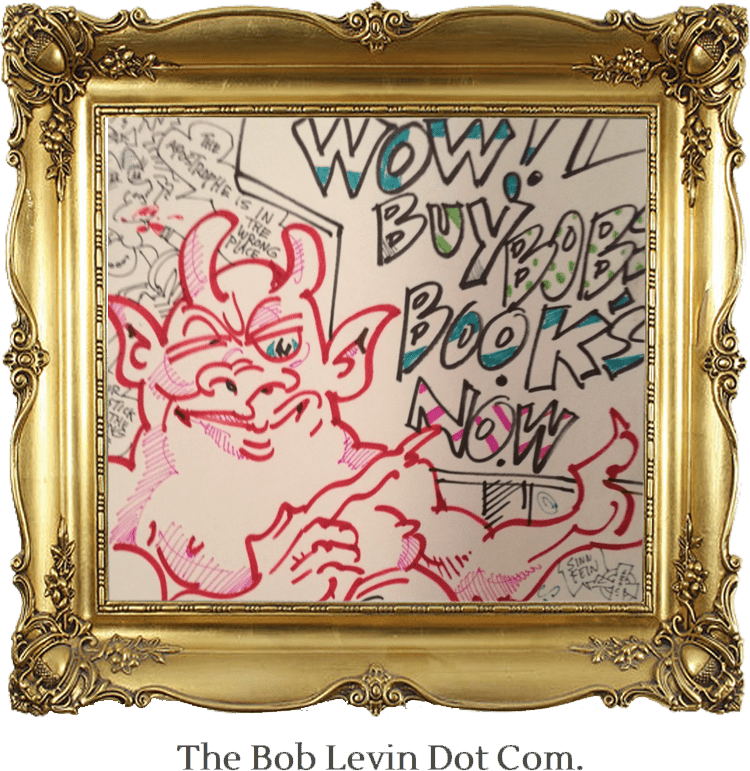Faithful readers will recall I used to post a brief reaction to each book I finished. I’ve gotten away from that, so, to catch up, here are even briefer reactions to additions to my shelf – or discard box.
Emil Ferris’s “My Favorite Thing is Monsters” is widely regarded as the best graphic novel of 2017. The graphics are, indeed, terrific; my problem is with the “novel” part. When you choose a grade school kid as your narrator, unless she is going to be a “genius,” like Donna Tartt’s slightly older boy in “The Goldfinch,” you may have “charming” and “delightful” and “amusing,” but you are going to be short on “intellect” and “insight” and “wisdom,” qualities I prefer when settling in for a read.
Viet Thanh Nguyen’s “The Sympathizer” won the Pulitzer for fiction in 2015. Its narrator, a North Vietnamese secret agent, was intelligent and insightful – and didn’t work for me either. He was thoroughly dislikeable, except for the final section which grabbed me. His experiences had little connection to my own, and his America-bashing, while well-reasoned and well-earned, was, by now, familiar and tiresome. Also I would have cut that entire movie-making interlude, and I resented Nguyen’s omitting the big sex scene he seemed to have been building toward – but, hey, I never won a Pulitzer.
Jennifer Egan’s “A Visit From the Goon Squad” won a Pulitzer too. It was a lighter and more pleasant trip than “The Symp,” until the (post-modern, I guess) time-jumps and narrative breaks got in my way. Call me old-fashioned, but I wish she had stuck with how she had started. A second reading might help, but I doubt I’ll make the effort. I won’t rule out reading her new book though, which is getting a lot of attention.
Jack Walklet’s “Rafting Down the Mississippi” is a self-published – but luxurious – high-quality – self-published coffee-table-sized book recounting a trip he and a dozen friends made in 1972, from Missouri to New Orleans, on a raft they built themselves. It’s quite an adventure and the book is loaded with photos, maps, lots of local history and lore. My one area of discontent is my wish that Walklet had probed more deeply into himself and his crewmates. I wanted to know more about the reasons, needs, compulsions, family and social backgrounds that launched them – and how the socio/political climate of the times. But I guess a sense of discretion and respect for privacies stood in the way.
Julie Hecht’s “Was This Man a Genius?” is an account of the year she spent trying to write a magazine article about Andy Kaufman. It was my third reading, occasioned by my thinking I might write an article about it, which was itself occasioned by my viewing of the documentary about the making of the Kaufman bio-pic, which starred Jim Carey. Anyway, it’s a terrific piece of journalism by a terrific writer about a terrific subject.
Joan Didion’s “We Tell Ourselves Stories In Order to Live,” collects all but her last two non-fiction books into one volume. I’d read them all when they appeared. What can I say? Didion is one of my gods.
